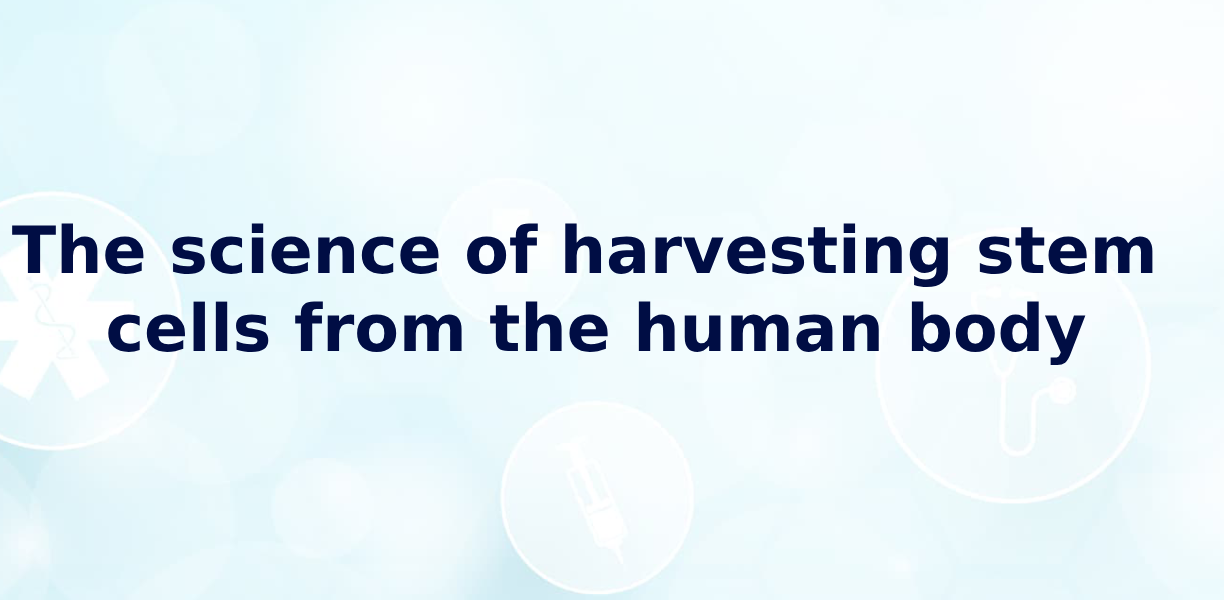Subtotal $0.00
What are Stem Cells?
Stem cells are unique cells in our bodies, capable of transforming into countless different cell types. From nerve cells to muscle cells, they are the blueprint for every type of cell we need. Their main role? To repair and replace damaged or lost cells, keeping us healthy and functioning properly.
Harvesting the Magic:
How do we get these cells?
Stem cells are found in many different locations throughout the human body, and the harvesting method often depends on the type of stem cell.
Here is an overview of the process:
Bone Marrow:
Bone marrow, a spongy tissue inside our bones, is home to many stem cells. Doctors harvest these cells by inserting a needle into the hip bone or sternum. Although the process can be a bit uncomfortable, it is a major source of stem cells, especially for treatments such as leukemia.
Umbilical Cord Blood:
After a baby is born and the umbilical cord is cut, the blood left in the umbilical cord is a valuable source of stem cells. These cells are younger and more adaptable than those in the bone marrow.
Peripheral Blood:
Stem cells also float in our blood. Through a process called apheresis, blood is drawn from one arm, passed through a machine to extract stem cells, then returned to the body through the other arm.
Fat Tissue:
Our adipose tissue isn’t just a place to store excess calories: it’s also a rich source of stem cells. Using liposuction techniques, stem cells can be extracted and used in a variety of therapeutic applications.
Promise of Rebirth:
So why the excitement around stem cells? Here’s why they’re considered the future of medicine:
Individual Treatments:
- Your body’s own stem cells mean the treatment is tailored specifically to you, reducing the risk of rejection.
Heals Damaged Organs:
- Stem cells have the ability to repair organs such as the heart after a heart attack or even regenerate parts of weakened organs.
Neurological Treatment:
- Stem cells could one day treat diseases such as Parkinson’s disease, spinal cord injuries, or Alzheimer’s disease by regenerating damaged nerve cells.
Against Aging:
- As we age, our natural stem cell population declines. By understanding and harnessing stem cells, we can develop treatments that slow the aging process and even reverse some of its effects.
In Short:
The art and science of harvesting stem cells from the human body is about more than tapping into our own internal regenerative abilities. It is a testament to the infinite miracles our bodies hold and a beacon of hope for future medical advances. While we may not have the ability to regenerate like a comic book hero or a salamander, with the power of stem cells, we are no slouch either!



